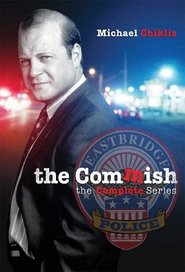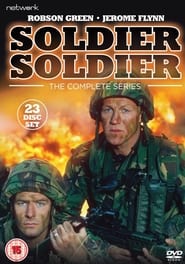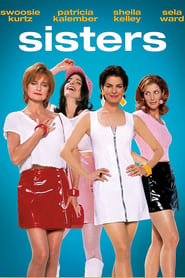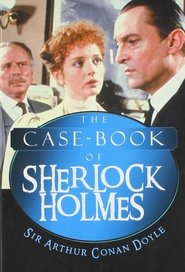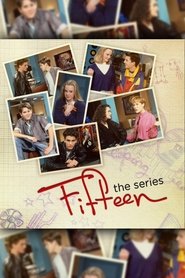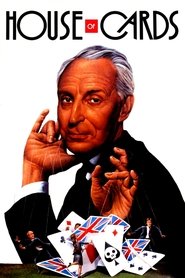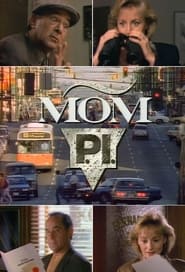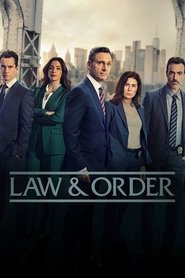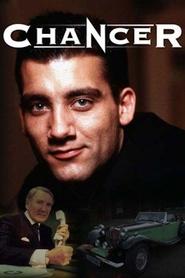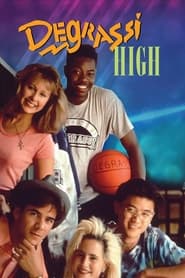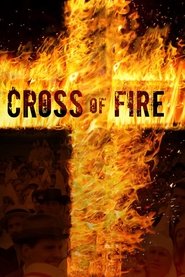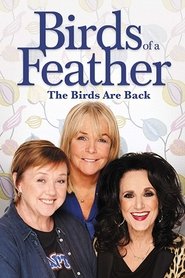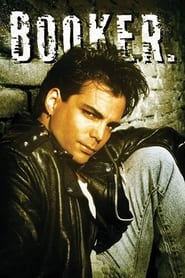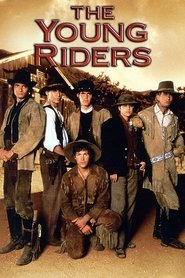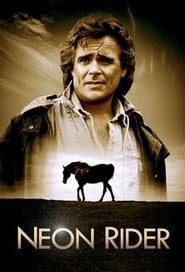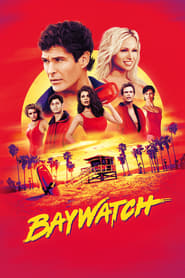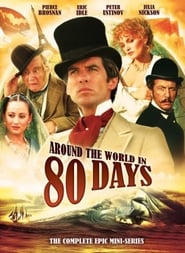New Drama TV Series on Free Services - Page 76
-
The Commish
1991
The Commish
1991
star 7.1Tony Scali is a former Brooklyn cop now the Police Commissioner of a small upstate city. But for Scali, this is no desk job. He's a tough yet compassionate boss, a loving husband and father, and a hands-on law enforcer with an unorthodox style of bending the rules. From parenthood to politics, from sex crimes to murder cases, one man takes it day-to-day with offbeat humor and street- smart skill. -
Soldier Soldier
1991
Soldier Soldier
1991
star 6.6The daily lives of a group of soldiers in 'B' Company, 1st Battalion The King's Fusiliers. -
Sisters
1991
Sisters
1991
star 7.2The Reed sisters of Winnetka, Illinois, are a close-knit group. Alex, Georgie, Teddy, and Frankie navigate the waters of life's triumphs and tragedies with the help of their mom, Bea. And no matter what befalls them, they know they can count on their sisters to help pull them through. (Sisters is an Emmy Award-winning television drama.) -
Prime Suspect
1991
Prime Suspect
1991
star 7.7Highly skilled Detective Inspector Jane Tennison battles to prove herself in a male dominated world. -
The Case-Book of Sherlock Holmes
1991
star 9Holmes and Dr. Watson solve the mysteries of the Disappearance of Lady Frances Carfax, Thor Bridge, Shoscombe Old Place, The Boscombe Valley Mystery, The Illustrious Client and The Creeping Man. -
Hillside
1991
Hillside
1991
star 6.8Hillside (known as Fifteen in the United States) is a Canadian-American teen drama that aired on YTV in Canada from 1991 to 1993. Created and produced by John T. Binkley, the series was Nickelodeon's only teenage soap opera. The show was shot on videotape, similar to most daytime dramas. The series was first conceived as Fifteen in an improvised form for The Disney Channel, where a 13-episode pilot series was produced and tested in the U.S. After Disney decided not to proceed with the project, Nickelodeon and Canadian partners joined Binkley in producing the series which was known in its first and second seasons as Hillside in Canada, and throughout the 65-episode run as Fifteen in the U.S. The show was subsequently syndicated around the world, with runs in Germany and Israel, among others. The series features a large ensemble cast which underwent several changes over the show's four-season run. Notable cast members include Laura Harris, Enuka Okuma, and Ryan Reynolds. -
House of Cards
1990
House of Cards
1990
star 8.1Frustrated at a new moderate Conservative government and deprived of a promotion to a senior position, chief whip Francis Urquhart prepares a meticulous plot to bring down the Prime Minister then to take his place. -
Mom P.I.
1990
Mom P.I.
1990
star 6Mom P.I. is a 1990-92 Canadian television comedy-drama series starring Rosemary Dunsmore, Stuart Margolin, Emily Perkins, and Shane Meier. Dunsmore plays eternal optimist Sally Sullivan, a recently widowed mother of two supporting her family as a waitress in a working-class diner, who talks her way into a job as assistant to grumpy, cynical private eye Bernie Fox, played by The Rockford Files' Margolin. Head writer for the show was Chris Haddock, who later created the much grittier Da Vinci's Inquest and Intelligence, also for the CBC. -
Law & Order
1990
Law & Order
1990
star 7.4In cases ripped from the headlines, police investigate serious and often deadly crimes, weighing the evidence and questioning the suspects until someone is taken into custody. The district attorney's office then builds a case to convict the perpetrator by proving the person guilty beyond a reasonable doubt. Working together, these expert teams navigate all sides of the complex criminal justice system to make New York a safer place. -
Chillers
1990
Chillers
1990
star 6.2Based on Patricia Highsmith short stories. Displaying a sinister atmosphere, delving into the darkest depths of human nature. -
Chancer
1990
Chancer
1990
star 6.2Chancer is a British television serial produced by Central Television for ITV. It tells the story of a likable conman and rogue at the end of the yuppie eighties. There were a total of twenty episodes, split into two series which aired on Tuesdays at 21:00 in 1990 and 1991. -
Degrassi High
1989
Degrassi High
1989
star 8.4Degrassi High is the third television show in the Degrassi series of teen dramas about the lives of a group of teenagers living on or near De Grassi Street in Toronto, Ontario, Canada. It first aired from 1989 to 1991 and followed the young people from The Kids of Degrassi Street and Degrassi Junior High through high school. The show was filmed in downtown Toronto and at Centennial College. Much like its predecessor, Degrassi High dealt with controversial issues ranging from AIDS, abortion, abuse, alcoholism, cheating, sex, death and suicide, dating, depression, bullying, gay rights, homophobia, racism, the environment, drugs, and eating disorders. The show's impact on Canadian identity is discussed in the September 2007 issue of u're Magazine. -
Cross of Fire
1989
Cross of Fire
1989
star 6.5Cross of Fire is a 1989 American television mini-series based on the horrific rape and murder of Madge Oberholtzer by D.C. Stephenson, a highly successful leader of the Indiana branch of the Ku Klux Klan. It was originally shown in two parts. In syndication, it is shown as a television movie. -
Birds of a Feather
1989
Birds of a Feather
1989
star 6.1Birds of a Feather is a British sitcom that was broadcast on BBC One from 1989 until 1998 and on ITV from 2013. Starring Pauline Quirke, Linda Robson and Lesley Joseph, it was created by Laurence Marks and Maurice Gran, who also wrote some of the episodes along with many other writers. The first episode sees sisters Tracey Stubbs and Sharon Theodopolopodos brought together when their husbands are sent to prison for armed robbery. Sharon, who lived in an Edmonton council flat, moves into Tracey's expensive house in Chigwell, Essex. Their next-door neighbour, and later friend, Dorien Green is a middle-aged married woman who is constantly having affairs with younger men. In the later series the location is changed to Hainault. The series ended on Christmas Eve 1998 after a 9-year-run. -
Booker
1989
Booker
1989
star 5.1Booker is an American crime drama series starring Richard Grieco that aired on the Fox Network from September 24, 1989 to May 6, 1990. The series is a spin-off of 21 Jump Street and the second installment of the 21 Jump Street series. The character of Dennis Booker was originally a recurring character on that police drama during its third season. The theme song for the series, "Hot in the City", was performed by Billy Idol. -
The Young Riders
1989
The Young Riders
1989
star 7.3The Young Riders was an American Western television series created by Ed Spielman that presents a fictionalized account of a group of young Pony Express riders based at the Sweetwater Station in the Nebraska Territory during the years leading up to the American Civil War. The series premiered on ABC on September 20, 1989 and ran for three seasons until the final episode aired on July 23, 1992. -
Neon Rider
1989
Neon Rider
1989
star 7Neon Rider is a Canadian drama television series, the show was about the titular character, a man named Michael Terry who quits his job as a therapist to become a mentor for troubled kids which he brings to his ranch, to teach them to lead a better life. -
El Lute: The Series
1989
El Lute: The Series
1989
Eleuterio Sánchez, alias "El Lute", a merchandise trader by birth and a chicken thief at the beginning of his career, is the reason for his first arrest. -
Baywatch
1989
Baywatch
1989
star 6Join the Baywatch lifeguards on their thrilling adventures filled with beautiful beaches and those iconic red swimsuits. -
Around the World in 80 Days
1989
star 6.7The plot centres around Phileas Fogg making a £20,000 wager with three members of the Reform Club that he can circumnavigate the world in 80 days. He takes with him his newly employed French valet Passepartout, and is pursued by Detective Wilbur Fix who mistakenly thinks Fogg robbed the Bank of England and is using the wager as a cover to escape capture.
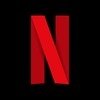 Netflix
Netflix
 Amazon Prime Video
Amazon Prime Video
 Apple iTunes
Apple iTunes
 Apple TV Plus
Apple TV Plus
 Disney Plus
Disney Plus
 Google Play Movies
Google Play Movies
 Paramount Plus
Paramount Plus
 Hulu
Hulu
 HBO Max
HBO Max
 YouTube
YouTube
 fuboTV
fuboTV
 Peacock
Peacock
 Peacock Premium
Peacock Premium
 Amazon Video
Amazon Video
 The Roku Channel
The Roku Channel
 AMC+
AMC+
 Kocowa
Kocowa
 Hoopla
Hoopla
 The CW
The CW
 Vudu
Vudu
 Starz
Starz
 Showtime
Showtime
 PBS
PBS
 Pantaflix
Pantaflix
 FXNow
FXNow
 Tubi TV
Tubi TV
 Kanopy
Kanopy
 Comedy Central
Comedy Central
 Crunchyroll
Crunchyroll
 Microsoft Store
Microsoft Store
 Redbox
Redbox
 Sun Nxt
Sun Nxt
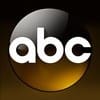 ABC
ABC
 DIRECTV
DIRECTV
 Crackle
Crackle
 Fandor
Fandor
 Plex
Plex
